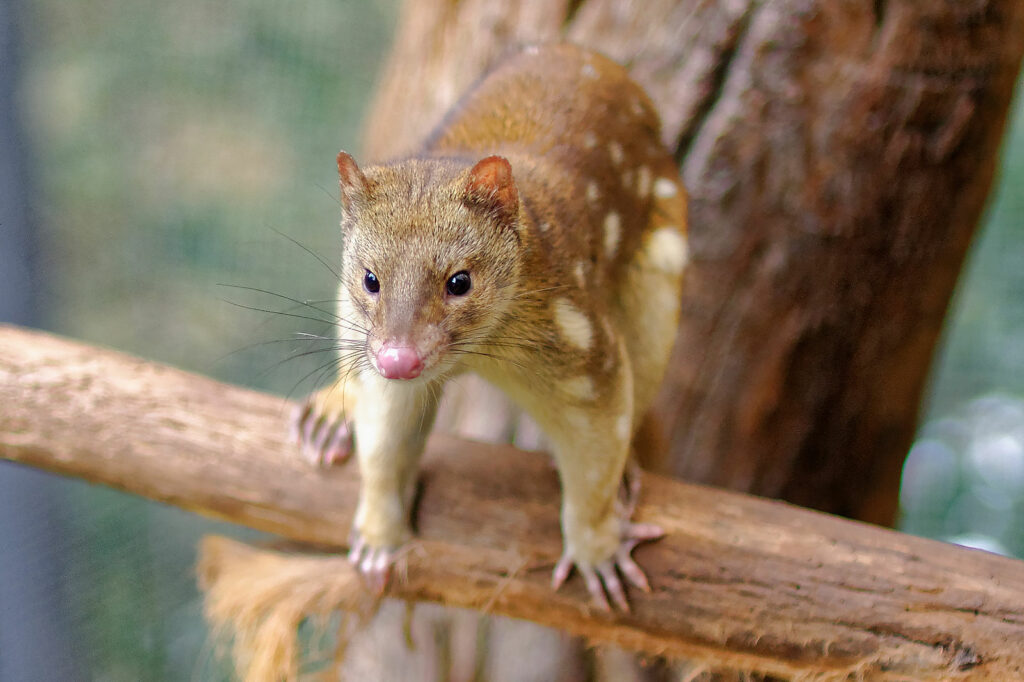Native Australian animals as pets

Background
There are different opinions when it comes to native Australian animals as pets. On the one hand, people think that having introduced species as pets is not the best for the environment and sharing our homes and backyards with them is natural; however, on the other hand, others think the best for native animals is to stay in the wild as it is their natural habitat.
In spite of this article having native animals as pets centric discussion. The other point of view is whether having pets is a good decision or not. Ideally, you want to have all animals living in the wild and being happy where they belong.
Science research findings
The “Threatened Species Recovery Hub” released some interesting findings about the impacts of cats in Australia [1] that says in Australia every day cats kill:
Mammals – 3.2 million (mostly native species in the bush; mostly introduced species in towns)
Birds – 1.2 million (almost all native species)
Reptiles – 1.9 million (almost all native species)
Frogs – 0.25 million (all native species)
Invertebrates – 3 million

In other terms, the impact of introduced species on the Australian ecosystem can be severe. Even if they are treated as pets within private properties. Therefore, making a good point that having native animals is less damaging to the environment. Or even better, not having pets at all can remove this risk as a whole.
Professor Mike Archer, an expert in Biological Science at the University of New South Wales, advocates native Aussie fauna as pets within residential properties to conserve endangered populations and prevent non-endangered species from falling into the same pattern. [2]
Native Australian animals as pets

Of course, not everyone can keep a native animal as a pet, you must obtain a license before you start keeping any native animal as a pet. Licenses help protect and maintain healthy native animal populations and make sure pet owners have enough knowledge and experience to care for their animals.
Nevertheless, some analysts have found a middle ground. An article released in 2015 by The Conversation, mentioned that quolls could make good companions and reduce the number of cats in Australia, which would be ideal based on the numbers provided above. However, it would be practically of no benefit for conservation purposes. Additionally, if you want to know more about quolls, please open Aussie Animals on Alexa and Google Assistant. Just say: “where do quolls live?” [4].
Conclusion
We have found diverse opinions to support having or not having native Aussie animals as pets. However, my personal opinion is that living in harmony with our ecosystem is the most important balance we can find in life. What is more, it is worth making an effort to get it right.
So, next time you are about to get a pet think about the alternatives and the pros/cons for your situation. Is an introduced specie ok, a native animal or no pet at all?
References
- [1] The Impacts of cats in Australia (PDF) by the Threatened Species Recovery Hub
- [2] Push for native wildlife to be allowed as pets by Joe Attanasio (9news)
- [3] Pet quolls are practically useless for real-world conservation by Misha Ketchell (The Conservation)
- [4] About Aussie Animals